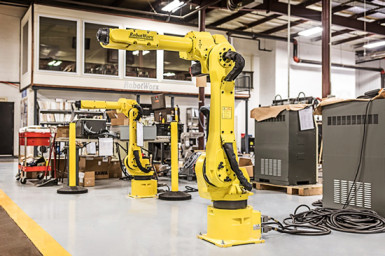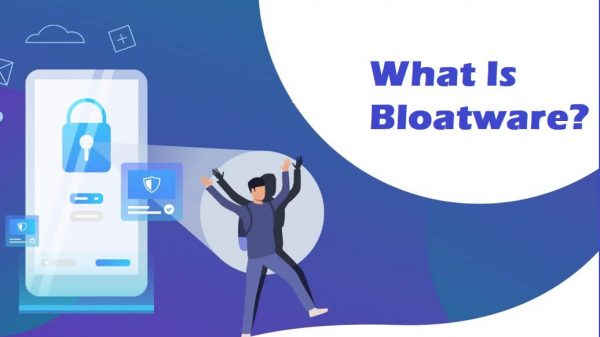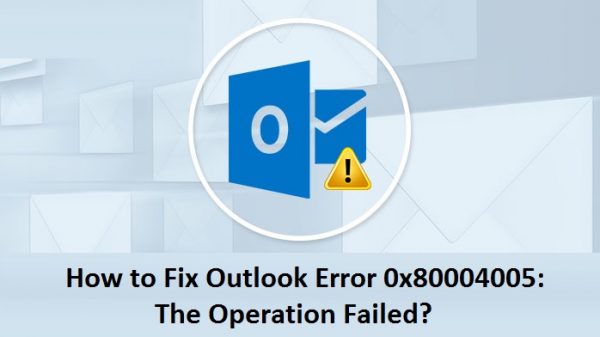In the ever-evolving landscape of healthcare, Certified Nursing Assistants (CNAs) play a crucial role in patient care. To excel in their roles, CNAs must stay updated with the latest advancements in healthcare technology, including Point of Care Technology. This comprehensive guide will walk you through the ins and outs of Point of Care CNA Technology, providing insights and tips to help CNAs make the most of these tools.
What Is Point of Care Technology?
Point of Care Technology, often abbreviated as POCT, refers to medical devices and equipment that allow healthcare professionals, including CNAs, to perform diagnostic tests, gather patient information, and provide immediate care at the patient’s bedside or in the vicinity. It includes a wide range of tools such as glucose monitors, portable ultrasound machines, and electronic health records (EHR) systems.
Benefits of Point of Care Technology
Embracing Point of CareCNA Technology can bring numerous advantages for CNAs and their patients:
1. Improved Efficiency
Point of Care CNA Technology streamlines tasks, reducing the time spent on administrative work and allowing CNAs to focus more on patient care.
2. Enhanced Accuracy
With immediate access to diagnostic tools, CNAs can make more accurate assessments and provide timely interventions.
3. Better Communication
Electronic health records enable seamless communication among healthcare providers, ensuring that everyone is on the same page regarding a patient’s condition and treatment plan.
4. Patient Engagement
Patients appreciate the convenience of receiving care at their bedside, leading to increased patient satisfaction and engagement.
How CNAs Can Utilize Point of Care Technology
CNAs can make the most of Point of Care Technology by following these guidelines:
1. Training and Familiarization
Stay updated with the latest technology trends and undergo training to effectively use Point of Care devices.
2. Data Entry and Documentation
Accurate and timely documentation is crucial. CNAs should enter patient data into electronic health records accurately.
3. Collaboration
Collaborate with other healthcare professionals to ensure the best care for patients using integrated technology.
4. Patient Education
Educate patients on the benefits of Point of Care CNA Technology, making them active participants in their care.
5. Vital Signs Monitoring
One of the primary responsibilities of CNAs is to monitor and record vital signs, such as blood pressure, heart rate, and temperature. Point of Care Technology has made this task more efficient and accurate. With portable vital signs monitors, CNAs can quickly and accurately measure these vital signs, reducing the margin for error and ensuring patients receive timely care.
6. Medication Administration
Administering medications accurately is a critical aspect of a CNA’s role. Point of Care CNA Technology can help CNAs by providing electronic medication administration records (eMARs). These systems help CNAs verify the right medication, dosage, and patient before administering any medication, minimizing the risk of errors.
7. Mobile Charting
Gone are the days of carrying paper charts from one patient room to another. CNAs can now use mobile devices to access and update patient charts electronically. This not only saves time but also ensures that patient information is always up-to-date and easily accessible to other members of the healthcare team.
8. Communication Tools
Effective communication among healthcare providers is vital for patient care. Point of Care Technology includes communication tools such as secure messaging systems, which allow CNAs to quickly share important patient information with nurses, doctors, and other team members. This streamlined communication ensures that everyone is on the same page, promoting better patient outcomes.
9. Remote Monitoring
In some cases, CNAs may need to monitor patients who are not physically present in the healthcare facility. Point of Care Technology enables remote monitoring, where CNAs can keep an eye on patients’ vital signs and conditions from a distance. This technology is especially valuable for home healthcare CNAs.
10. Training and Support
To make the most of Point of Care Technology, CNAs should take advantage of training and support resources provided by their healthcare institutions. Regular training sessions and access to tech support can help CNAs become proficient in using these tools.

Method To Create An Account On Point Click Care CNA
Certainly, here are the steps to create an account on PointClickCare as a Certified Nursing Assistant (CNA):
- Visit the PointClickCare Website: Open your web browser and go to the PointClickCare website (https://www.pointclickcare.com/).
- Access the Login Page: On the PointClickCare homepage, look for the “Login” or “Sign In” option. Click on it to proceed.
- Click on “Create Account” or “Register”: On the login page, you should find an option to create a new account. This might be labeled as “Create Account” or “Register.” Click on it to begin the registration process.
- Select Your Role: PointClickCare offers various solutions for different healthcare roles. As a CNA, select your role as “Certified Nursing Assistant” or something similar.
- Provide Personal Information: Fill out the registration form with your personal information. This typically includes your full name, email address, phone number, and sometimes your employee ID or facility information.
- Create a Username and Password: Choose a unique username and a strong password. Ensure that your password meets the security requirements specified on the registration page.
- Verify Your Email: After providing your email address, you will likely receive a verification email from PointClickCare. Open your email inbox and click on the verification link to confirm your email address.
- Complete the Registration: Return to the registration page, and once your email is verified, complete any additional information that may be required, such as your facility or organization details.
- Review Terms and Conditions: It’s essential to review and accept the terms and conditions or user agreement provided by PointClickCare. Make sure you understand and agree to their policies.
- Submit Your Registration: Once you’ve filled out all the necessary information and accepted the terms, click the “Submit” or “Register” button.
- Confirmation: You should receive a confirmation message that your account has been created successfully. You may also receive further instructions on how to log in and use PointClickCare as a CNA.
- Log In: Return to the PointClickCare login page, enter your newly created username and password, and click “Log In” to access your CNA account.
Now, you should have successfully created your account on PointClickCare as a Certified Nursing Assistant, and you can begin using the platform for your healthcare-related tasks and responsibilities.
What Is The PointClickCare CNA Login Portal?
Through the PointClickCare CNA login portal, CNAs can:
- Access Patient Records: CNAs can view and update patient records, including vital signs, care plans, and medication administration records.
- Document Care: CNAs can document the care they provide to patients, ensuring that all information is accurately recorded for the healthcare team.
- Communicate: The portal often includes communication features that allow CNAs to send and receive messages related to patient care, ensuring effective coordination among healthcare staff.
- Access Training and Resources: Some portals offer access to training materials and educational resources to help CNAs stay up-to-date with best practices and regulations.
- View Schedules: CNAs can check their work schedules and assignments through the portal.
- Review Policies and Procedures: Important policies and procedures related to patient care and facility guidelines may be available for reference.
To access the PointClickCare CNA login portal, CNAs typically need a unique username and password, which they create during the registration process or receive from their facility’s administrator. The URL for the portal may vary depending on the healthcare facility, so CNAs should check with their facility’s IT department or administrator for the specific web address to access the portal.
Once logged in, CNAs can efficiently manage their responsibilities and contribute to the delivery of high-quality patient care within their healthcare organization.
FAQs (Frequently Asked Questions)
Q: How does Point of Care CNA Technology benefit CNAs?
A: Point of Care Technology enhances efficiency, accuracy, and communication for CNAs, ultimately improving patient care.
Q: Are CNAs required to receive special training for Point of Care devices?
A: Yes, it’s essential for CNAs to undergo training to effectively use Point of Care devices and stay updated with technological advancements.
Q: Can Point of Care Technology improve patient satisfaction?
A: Yes, patients appreciate the convenience and immediate care provided byPoint of Care CNA devices, leading to increased satisfaction.
Q: What are some common Point of Care devices used by CNAs?
A: Common Point of Care devices include glucose monitors, portable ultrasound machines, and electronic health records (EHR) systems.
Q: How can CNAs ensure the accuracy of data entry into electronic health records?
A: CNAs should pay careful attention to detail when entering patient data and double-check for accuracy.
Q: Is Point of Care Technology only beneficial for CNAs, or does it benefit other healthcare professionals as well?
A: Point of Care Technology benefits all healthcare professionals by improving patient care, communication, and efficiency.
Conclusion
Point of Care Technology is a game-changer for CNAs, empowering them to provide higher-quality care and improve patient outcomes. By staying informed, embracing training, and utilizing these technological advancements effectively, CNAs can enhance their role in the healthcare ecosystem. Embrace Point of Care Technology: A CNA’s Guide and take your healthcare career to new heights.













































































